The Book of Forms Other Books by Lewis TurcoNonfictionThe Dialects of the Tribe: Postmodern American Poets and Poetry, 2012 La Famiglia / The Family: Memoirs, 2009 Satans Scourge: A Narrative of the Age of Witchcraft in England and New England, 15801697, 2009 Fantaseers: A Book of Memories, 2005 The Book of Dialogue, 2004 The Book of Literary Terms, 1999 The Life and Poetry of Manoah Bodman, Bard of the Berkshires, 1999 How to Write a Miion, with Ansen Dibell and Orson Scott Card, 1995 Emily Dickinson: Woman of Letters, 1993 The Public Poet: Five Lectures on the Art and Craft of Poetry, 1993 Il Dialogo, Italian Translation by Sylvia Biasi of Dialogue, 1992 Visions and Revisions of American Poetry, 1986 The New Book of Forms, 1986 Poetry: An Introduction through Writing, 1973 The Literature of New York, 1970 The Book of Forms: A Handbook of Poetics, 1968 Fiction and PoetryThe Sonnetarium, 2018 The Hero Enkidu: An Epic, 2015 The Familiar Stranger, 2014 Wesli Courts Epitaphs for the Poets, 2012 The Gathering of the Elders and Other Poems, 2010 The Museum of Ordinary People and Other Stories, 2008 Fearful Pleasures: The Complete Poems, 2007 The Collected Lyrics of Lewis Turco / Wesli Court, 2004 A Book of Fears: Poems, Italian Translations by Joseph Alessia, 1998 The Shifting Web: New and Selected Poems, 1989 The Compleat Melancholick, 1985 American Still Lifes, 1981 Pocoangelini: A Fantography and Other Poems, 1971 The Inhabitant, 1970 Awaken, Bells Falling: Poems, 19591967, 1968 First Poems, 1960  a handbook of poetics FIFTH EDITION Lewis Turco
a handbook of poetics FIFTH EDITION Lewis Turco  1968, 2020 by Lewis Turco All rights reserved. University of New Mexico Press edition
1968, 2020 by Lewis Turco All rights reserved. University of New Mexico Press edition
published 2020 by arrangement with the author.
Printed in the United States of America ISBN 978-0-8263-6188-2 (paper)
ISBN 978-0-8263-6189-9 (electronic) Library of Congress Control Number: 2020936547 Designed by Felicia Cedillos Do Not Go Gentle Into That Good Night, by Dylan Thomas, from The Poems of Dylan Thomas,
1952 by Dylan Thomas. Reprinted by permission of New Directions Publishing Corporation and the Dylan Thomas Trust. Copyright held by the Dylan Thomas Trust. l(a, 1958, 1986, 1991 by the Trustees for the E. E.
Cummings Trust, from Complete Poems:
19041962 by E. E. Cummings, edited by Geroge J. Firmage. Reprinted with permission of Liveright Publishing Corporation. Austin. Austin.
Reprinted with permission. National Pasttime and St. John of the Cross, by Herb Coursen, Herb Coursen. Reprinted with permission. She, by Russell Salamon, Russell Salamon. Reprinted with permission.
Rhymes of Dissolution, by Ruth F. Harrison, Ruth F. Harrison. Reprinted with permission. Epitaph for a Postal Creek, by X. J.
Kennedy, from Peeping Toms Cabin: Comic Verse (BOA Editions), 2007 by X.J. Kennedy. Reprinted with permission. Rondel, by X. J. Kennedy. Kennedy.
Reprinted with permission. Rune: A Rionnaird Tri-Nard, by Annie Finch, Annie Finch. Reprinted with permission. A Portrait of the Day, by De Villo Sloan, De Villo Sloan. Reprinted with permission.
contents
acknowledgments
The schematic diagrams of poetry forms contained in this book were originally copyrighted in the first edition of
The Book of Forms: A Handbook of Poetics (E. P. P.
Dutton, 1968) and remain in copyright in all editions, and all of the poems in this book are either in the public domain, or they have been written specifically for the fourth edition of The Book of Forms (UPNE, 2011) and are copyrighted therein, or they have appeared in The New Book of Forms (UPNE, 1986), The Book of Forms, third edition (UPNE, 2000) and fourth edition (UPNE, 2011), Poetry: An Introduction Through Writing (Reston, 1973), or other books written by Lewis Turco and copyrighted in the years specified. Other permissions are gratefully acknowledged on the copyright page of this book.
foreword to the fifth edition
The original edition of
The Book of Forms was the first volume ever to have brought between two covers all the verse forms traditional to the great literary traditions of the British Isles and the New World. Our heritage of forms is rich. We are heirs not only of British metrical systems, but also of systems deriving from continental Europe, the Middle East, and Asia. Our history of verse forms goes back to the Celts, the Romans, the Anglo-Saxons, and the Normans, and we have derived much from the systems of the Semites, the Greeks, the Italians, and the French.
The verse forms set forth here have all been utilized by poets of the English-speaking world. During every period of English letters craftsfolk, loresmen, and bards have explored the possibilities of the formal structures of verse and extended the range of those structures. Since its original publication fifty years ago, in 1968 at the height of the great anti-formal, post-modern period in American literary life, through The New Book of Forms and The Book of Forms, third and fourth editions, The Book of Forms: A Handbook of Poetics has become known to generations of poets and teachers throughout the English-speaking world and beyond as the poets biblethe late poet and critic James Dickey in an unsolicited testimonial in 1986 said that it belongs in the hands of every poet, student, and teacher, for the greater good of the art. Since those words were written a resurgence of interest in formal writing, Neo-formalism, has taken place. Where once this handbook stood alone in the United States, from 1968 until 1981 a number of other formal handbooks have flourished. The Book of Forms, fifth edition, is intended as an up-to-the-minute text and reference work for students and teachers of poetry in general, but for poets in particular. The Book of Forms, fifth edition, is intended as an up-to-the-minute text and reference work for students and teachers of poetry in general, but for poets in particular.
Although the emphasis is and has always been on the forms of poetry, this volume contains all the information essential to a study of verse and verse techniques from classical times through the Middle Ages to the present. The Book of Forms now has two companion volumes: The Book of Literary Terms: The Genres of Fiction, Drama, Nonfiction, Literary Criticism, and Scholarship, which uses the same codification and systematization for all of the literary genres other than poetry, and The Book of Dialogue: How to Write Effective Conversation in Fiction, Screenplays, Drama, and Poetry, which has appeared in Europe in translation and various editions since its first appearance in 1989 as Dialogue. All three titles appear in uniform editions. This volume begins with an Introduction that discusses the two modes of writingprose and verseand the levels of poetrythe typographical, the sonic, the sensory, and the ideational levels, a system which was introduced to English literature in the original edition and which has since become a critical standard. These sections clarify terms such as rhythm, cadence, and meter, and they provide clear explanations of the processes and methods of versification. Figurative language is defined and discussed, as are considerations such as diction, style, syntax, and overtone.
Next page

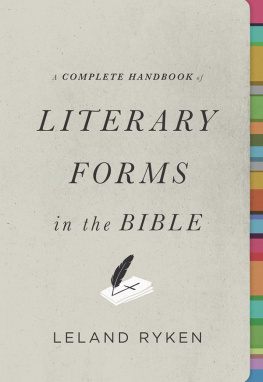

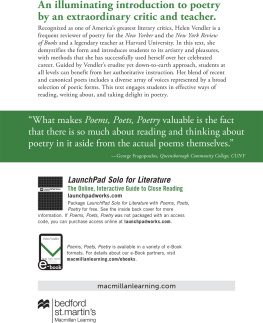

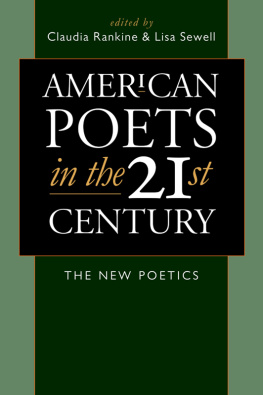
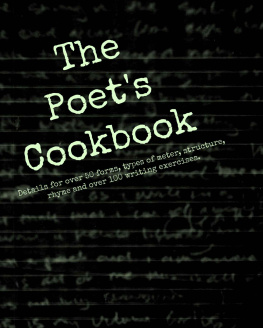
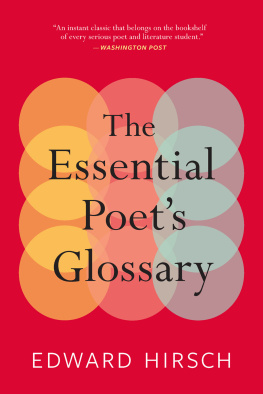

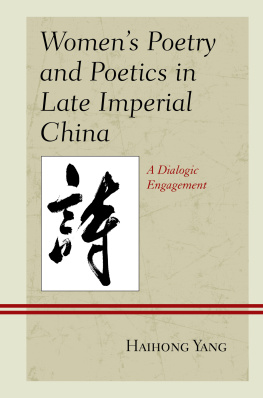
 a handbook of poetics FIFTH EDITION Lewis Turco
a handbook of poetics FIFTH EDITION Lewis Turco  1968, 2020 by Lewis Turco All rights reserved. University of New Mexico Press edition
1968, 2020 by Lewis Turco All rights reserved. University of New Mexico Press edition